Consider the lifecycle of a product — from the moment it’s just a sketch in a notebook to the first time someone uses it in the real world. It’s a lengthy process of collaboration, persistence, and iteration. It doesn’t happen overnight and without the creator’s love for her or his idea.
Crowdfunding has proven itself not just to be a way for creators to raise money to put their concept into production, but also as a way of finding market validation and judging demand. Rather than spending time and money on something consumers might not ever buy, designers and inventors can use crowdfunding to bring products to market that they already know people want.
When we saw that an Indiegogo-funded product, The Calabash, was going to be featured on Fab, it was clear that this was an idea that, with the help of crowdfunding, had made it the full distance in the creative lifecycle.
Without bogging contributors down with too much information, the team behind The Calabash were able to create a simple and well-designed campaign page that gave the story behind the idea, explained what was needed, and got people genuinely excited about the product. They offered great perks at reasonable prices and told people how they could get involved.
After surpassing their goal of $20,000 with nearly 200 contributors, the team knew they had a product that people wanted, and they had the funds to make it a reality. The real work had just begun. I got an opportunity to talk to one of the project’s co-founders, Matt Johnson, about The Calabash and how crowdfunding brought it to life.
What was the state of your idea/business pre-crowdfunding?
A couple of friends and I who had been design junkies, wound up taking off a good amount of time from our work to set off on an adventure to Central America. The trip inspired us with and idea to merge beautiful design with this lifestyle of adventure; which later became the foundation for the start of our company. So we started jotting down our ideas and some product design concepts in our journals, inspired from our travels. We had begun conversations with our manufacturers, product designers, and graphic designers. We had even found a guy online who could create a few working prototypes of our Calabash water bottle. But as prepared as we were, there were still a lot of details to figure out.
Why did you decide to use Indiegogo?
We used Indiegogo because it felt like it was the best fit for us. From square one the IGG crew was uber supportive of our idea. And we wound up partnering with Startup America Partnership to gain some additional support and exposure. So it just made sense.
What was a non-monetary benefit of the campaign experience?
One word, legitimacy. I don’t think that we could have had a better story to share with potential advisors, investors and partners than to say, “This is more than just an idea. The world brought it to life.”
What steps did you start taking after your campaign ended?
The moment our campaign ended, our work began. We contacted our manufacturers and told them we were ready to go all out. From there, it was a whirlwind of getting sample after sample after sample sent to us to ensure it met our high standards. And since we were creating a product that people would drink water from, we had an additional layer of complexity to work through, to ensure that we met FDA standards. But after a steep learning curve and multiple tests, we were fully compliant with FDA requirements and received the stamp of approval.
What advice would you give to future campaigners about planning for after their campaign ends?
Before you go live with your crowdfunding campaign, be sure to under promise and over deliver on your estimated delivery times. Nothing is worse than letting down your early backers by setting the wrong expectations. For example: If you think it may take 3 months to deliver your end product- double or triple it. I say that because it’s not until you begin the production process where the unexpected details make their way out (packaging, design, graphics, insurance, barcodes, order fulfillment, travelling, etc.). Secondly, communicate with your backers. Even if it’s bad news, provide updates. We wound up being a little delayed on our delivery date, but we sent updates to our backers at least every other week. It was certainly awkward at times, but we owed it to them.
What have been the long-term impacts of crowdfunding on your business?
Without crowdfunding, our product would still be a couple of sketches on a piece of paper. And I totally mean that. Since our campaign we’ve launched a full website, a video, and we just finished our feature over on design website Fab.com.
What’s your next project?
Having been through the crowdfunding process once already; I’ve made most of the contacts needed to do it all over again. So I’m currently working with some talented designers to create a simple solution to address a major design flaw on the iPhone 5. Not much more I can say about it other than there’s a good chance that you’ll see it getting crowdfunded in the near future as well. 🙂
Check out the Calabash on Project: Living Well’s website!
Get More Campaigner Insights:
NSFW Calligraphy and Perk Fulfillment
Grassroots Crowdfunding Promotion
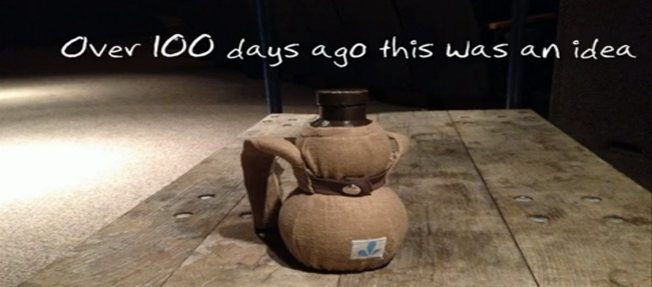
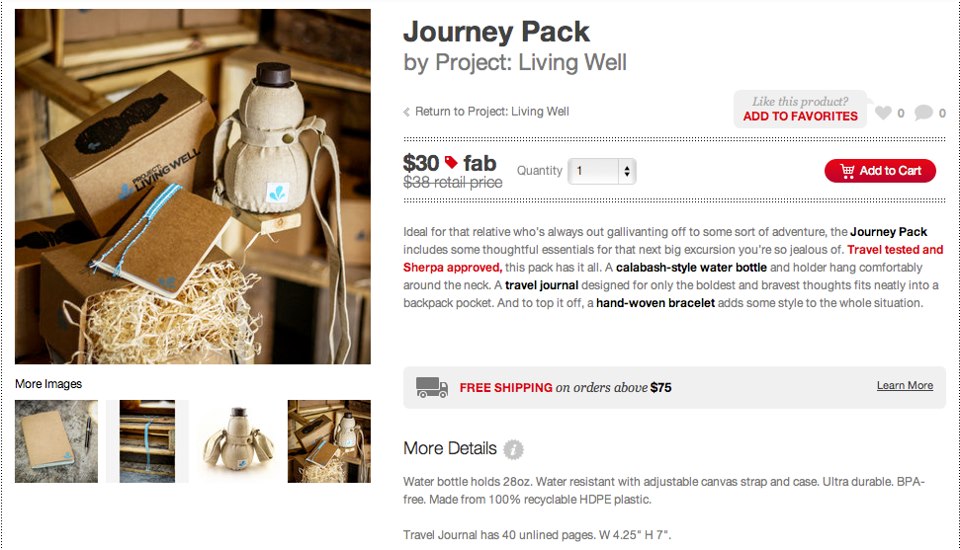
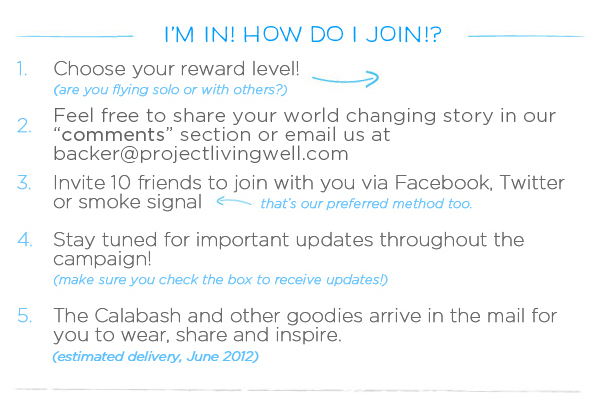
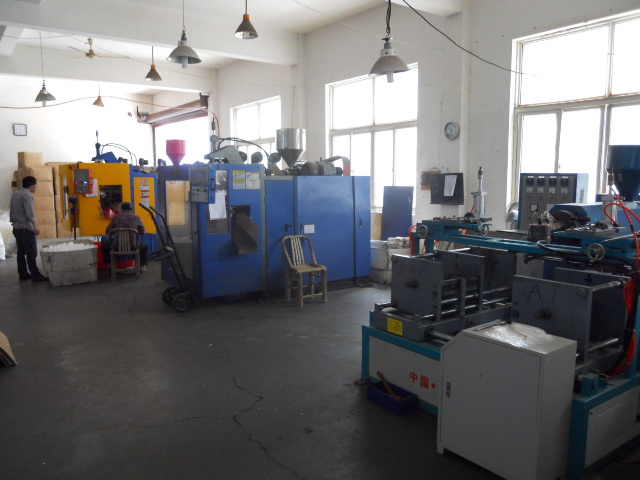
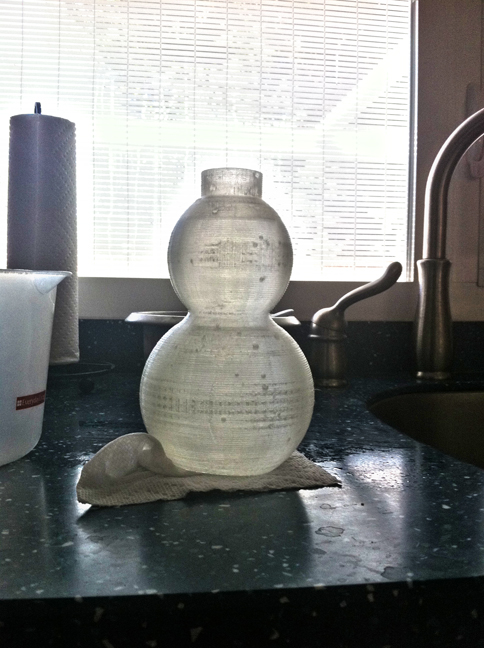

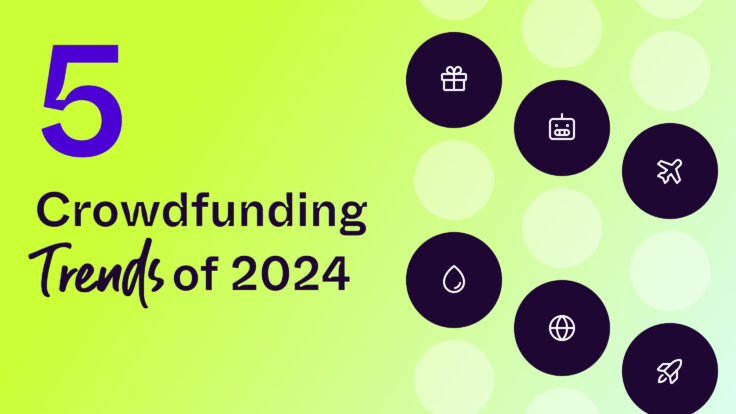
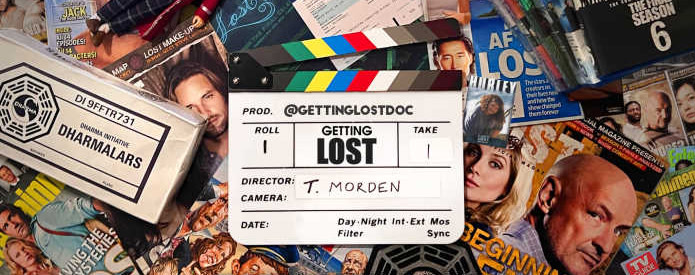
You must be logged in to post a comment.